Think of architecture in Barcelona, and mostly, the work of Antoni Gaudi comes to mind. And with good cause. His designs for modernist buildings are landmarks in the city, and as the work on the Sagrada Familia basilica continues into this century from the last, his and his colleagues’ vision for the church are becoming even more well-known.
I often think of our visit to the Sagrada Familia in 2011; standing amidst the crowd, looking up, and being struck by the light streaming in through the stained glass windows, with the towers reaching for the sky. And how the space above our heads was directing a supplication upwards – one as a non-believer I was not interested in making – to the god being worshipped in the church. My pilgrimage was more about the majesty of the vision and its actual construction. The modern windows were no less awe-inspiring than those in older churches, and the lighter colours both of the glass and the pillars reminded that this was something new, but still reverential.
There’s lots of information on line and in books about Gaudi and his team and their efforts to build this modern masterpiece. Last week, we couldn’t resist this pop-up book we saw in a local bookshop, to remind us of the experience. It sits well with the cute little calendar brought back by some friends who visited there last year.
Less well known is a contemporary of Gaudi’s, Lluis Domenech i Montaner, an architect who also worked in Barcelona and throughout Catalunya at the turn of the 20th century. His Palau de la Musica Catalana was built between 1905 and 1908 in Barcelona and is another outstanding piece of modernist architecture. It mounts much of the city’s choral music concerts and is home to a range of other cultural events. Declared a World Heritage Site in 1997, the Palau de la Musica Catalana was restored between 1983 and 2004.
The only way to see inside the Palau is with a guided tour (no taking photos sadly) and although we didn’t book, it’s probably a good idea in high seasons. It was well worth it, though. The centre piece is a large, inverted skylight of stained glass in the Concert Hall. It dominates the space, and lets in light from outside.
The waiting area on the main floor is also impressive. Known as the Lluis Millet Hall (after the founder of the choir in residence, the Orfeo Catala, which began in 1891), the hall features a wall of stained glass, floral windows, and painted corner columns.
Hospital de Sant Pau, also a World Heritage Site, is another building designed by Montaner.
This was our second visit to Barcelona, but I’d happily go back there tomorrow, just to be surrounded by this unique architecture. I know the Spanish economy is struggling at the moment … I’d be glad to do my bit with another visit.

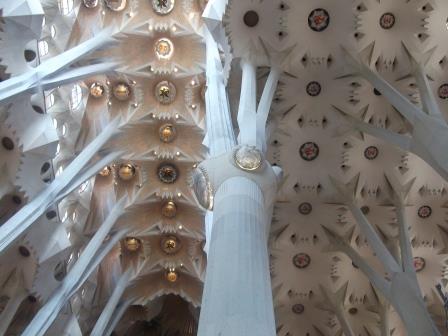

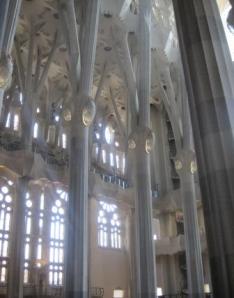

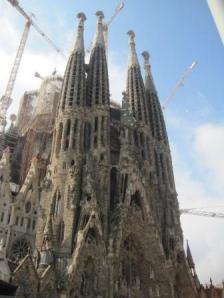
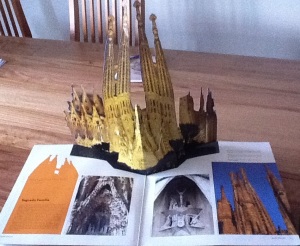
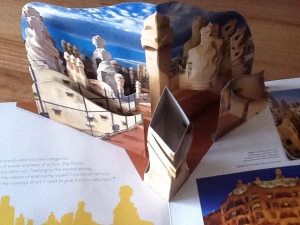
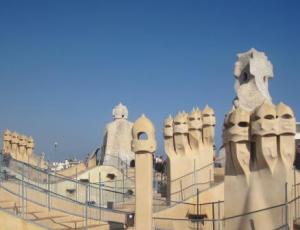
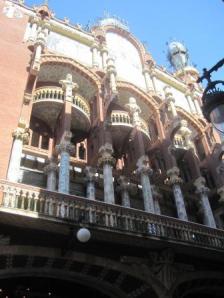

[…] is sometimes too much to do if you are in Barcelona as a normal tourist, which takes you to see the Gaudi buildings and the Barcelona […]